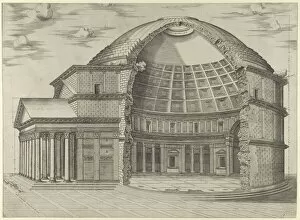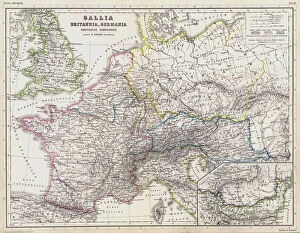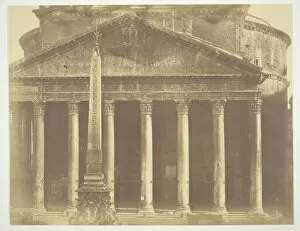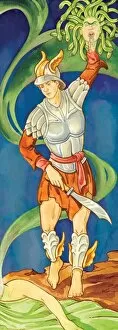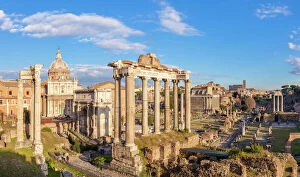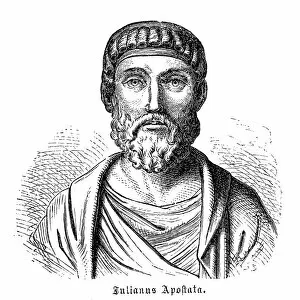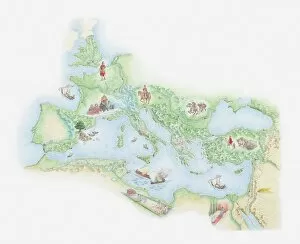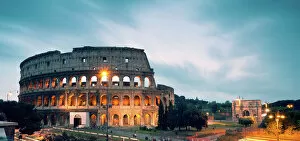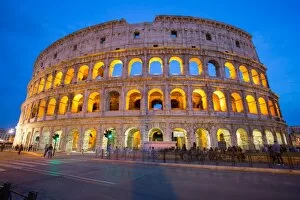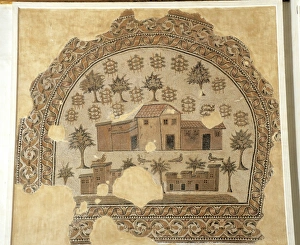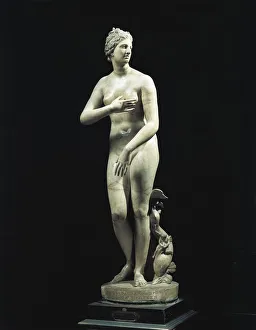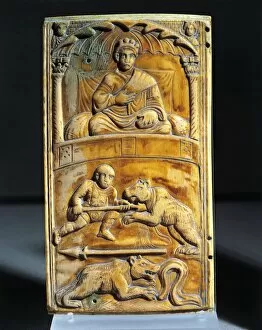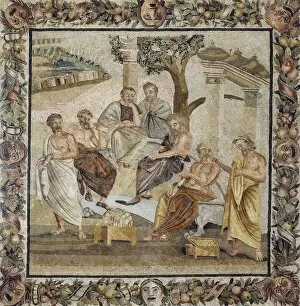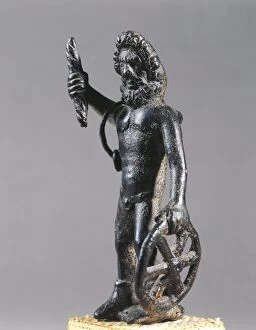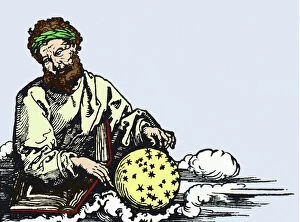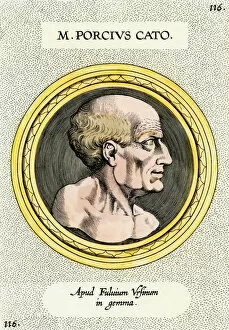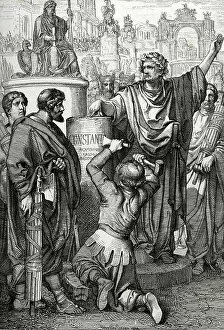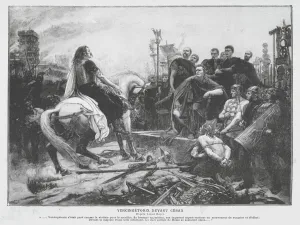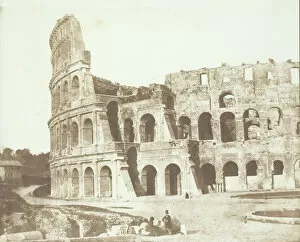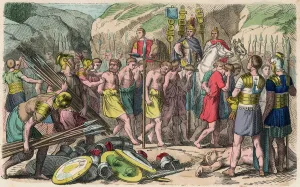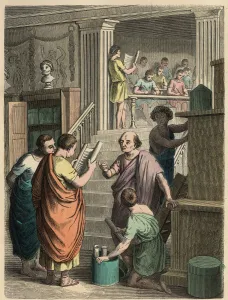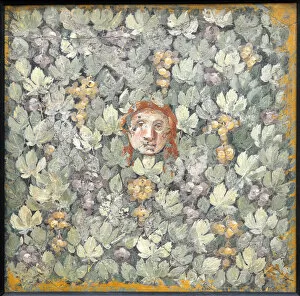Ancient Rome Collection (page 3)
Step back in time and explore the wonders of Ancient Rome
All Professionally Made to Order for Quick Shipping
Step back in time and explore the wonders of Ancient Rome. From the vast Roman Empire to its intricate city layout, this antique map takes us on a journey through history. Marvel at the grandeur with its impressive architecture and bustling streets depicted on this captivating map. Delve into the rich culture and mythology of Rome as you admire the stunning Roman seafood mosaic. This intricate artwork showcases not only their culinary delights but also their appreciation for beauty in everyday life. The presence of Janus, the two-faced Roman god symbolizing beginnings and endings, reminds us of their belief in duality. Immerse yourself in one of history's most significant battles with a glimpse at the Battle of Cannae plan from 216 BC. Witness how strategic planning played a crucial role in shaping empires during that era. Explore Europe under Roman rule through another detailed map, highlighting their extensive territorial reach and influence. Travel back to an era defined by conflict as you observe the clash between the Roman Republic and Carthage during the Second Punic War (218-201 BC). These maps offer insight into how these powerful civilizations fought for dominance over land and resources. Discover Dionysus, or Bacchus, seated regally on his throne—a testament to Rome's fascination with Greek mythology. This statue represents their admiration for artistry while paying homage to deities believed to govern various aspects of life. Reflect upon mortality with a poignant memento mori mosaic—an artistic reminder that death is inevitable even amidst opulence. Such artworks served as reminders for Romans to live fully each day while acknowledging life's impermanence. Lastly, explore Italy's ancient landscapes through historical maps—tracing Italy's evolution throughout different periods within ancient times offers glimpses into its diverse cultures before unification. Marvel at Asclepius' statue—the revered god associated with healing—as it stands tall among other artifacts representing Rome's reverence for medicine and well-being.

